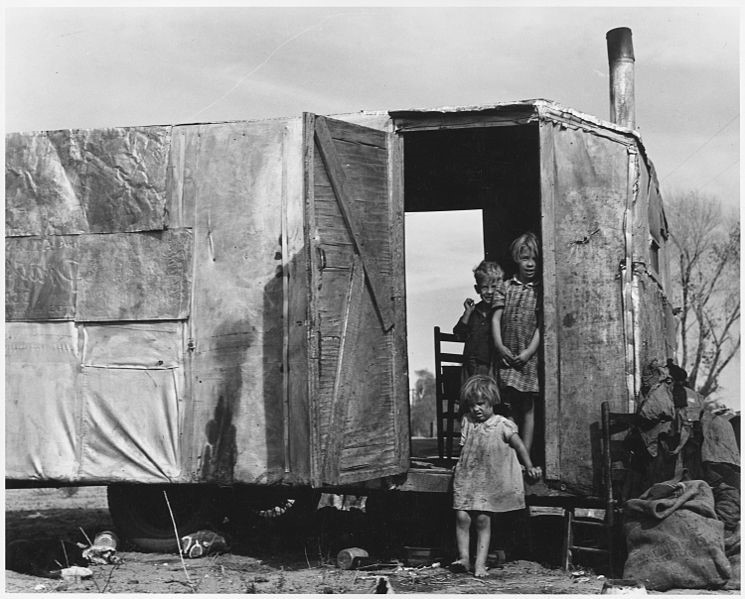A Set Change: The Prickly History of “Cactus Time in Arizona”
“Cactus Time in Arizona” is one of George and Ira’s lesser-known songs. Today’s post explores the factors—including a set change—that figured in this flop.
By Rachel Fernandes
“Cactus Time in Arizona,” one of the Gershwin brothers’ relatively unknown songs, was composed for the musical Girl Crazy in 1930 and sung by Ginger Rogers, the show’s romantic lead. “Cactus Time” didn’t receive much attention from the media when it first came out, though it has since been hailed as “infectious” by the Chicago Tribune (1999). The charming song features many of the same musical qualities of other Gershwin hits, such as bright, consonant harmonization, a catchy melodic line, and a memorable title that is repeated throughout the chorus. With so much going for it, what went wrong?
“(When it’s) Cactus Time in Arizona”
When it’s cactus time in Arizona,
I’ll be waiting there for you.
I will serenade you with “Ramona”
’Neath the sunny skies of blue.
What a thrill, my darling, when we own a
Little rancho built for two;
When it’s cactus time in Arizona,
I’ll be waiting there for you.
“Cactus Time” was less than memorable in part because the song was performed in front of the stage curtain to provide enough time for a set change. Ira Gershwin called it “a throwaway during which Ginger Rogers did rope tricks or something,” signifying that he was not too attached to the work. In fact, biographer Robert Kimball discovered that the song “may have been a late addition to the score; it was not listed in the pre-Broadway programs.” Kimball’s find implies that “Cactus Time” probably wasn’t given the same focus by George and Ira as other Girl Crazy hits, like “I Got Rhythm,” and that it was actually written to be a filler, not a commercial success. “Cactus Time” must not have been too appealing to successive artists either, as it has been rarely recorded.
A reason why “Cactus Time in Arizona” was never popular with later performers might have been because the song lacked the relatability and reproducibility found in so many of the Gershwins’ hits. As a themed song about Arizona, it did not have the universality of other popular numbers from Girl Crazy. Because of this, “Cactus Time” was never used in any of the Gershwins’ other works, which is one mark of an effective Gershwin tune.
This regional specificity was linked to another challenge facing “Cactus Time”: the Arizona the song depicted had been hit hard by the Great Depression and the Dust Bowl. According to The Arizona Republic, “unemployment surge[d], mines…shut down and countless acres of farmland [went] unseeded” as a result of the 1929 stock market crash. This quote suggests that Arizona wasn’t the cute, touristy place that Ira had depicted in his lyrics; rather, it was a state facing a real economic crisis. “Cactus Time” evoked an Arizona that existed only on the stage.
Alec Wilder observes that, despite the devastating economic conditions, George’s greatest popularity was during the Depression because “the insistently cheery sound of [his] music” was a “welcome palliative for the natural gloom of the times.” His music evoked a sense of happiness that Americans sorely lacked, but “Cactus Time in Arizona” failed to produce the same joy as some of the Gershwins’ other songs. While “Cactus Time” was a charming song in itself and had all the characteristics of a successful Gershwin hit, such as memorable lyrics and a catchy melody, extramusical factors led to its downfall. And since it didn’t receive attention from subsequent artists or the general public, the song’s future prospects dried up and its history has been prickly!
Further Reading
Cariaga, Daniel. “Gershwin Program Largely Lacks Spark.” Review. Los Angeles Times, 15 July 1996.
Cohen, Aaron. “‘Girl Crazy’ Romps as a Grant Park Concert.” Review of Grant Park Music Festival. Chicago Tribune, 24 June 1999.
Jablonski, Edward. Gershwin. New York: Doubleday, 1987.
Kimball, Robert. The Complete Lyrics of Ira Gershwin. New York: Da Capo Press, 1993.



